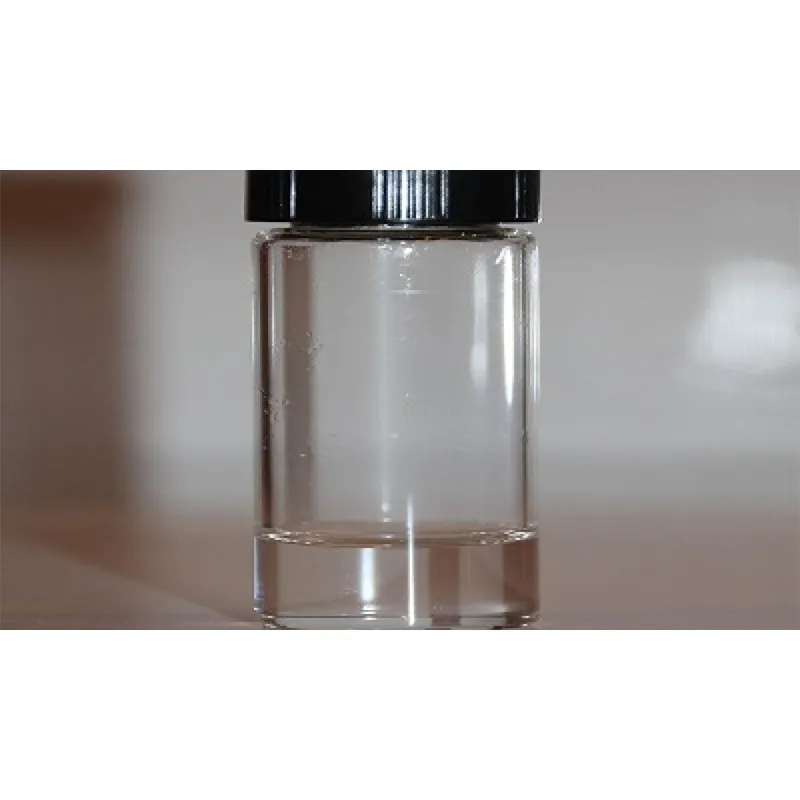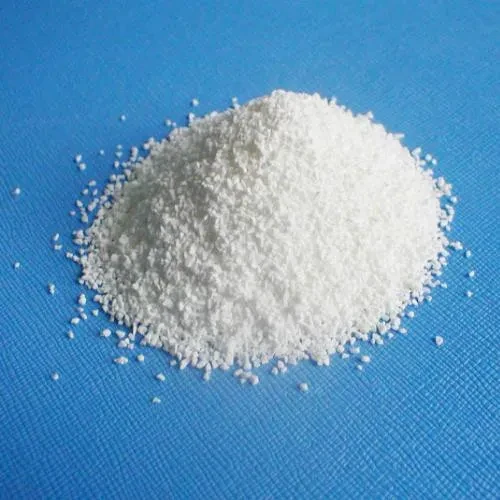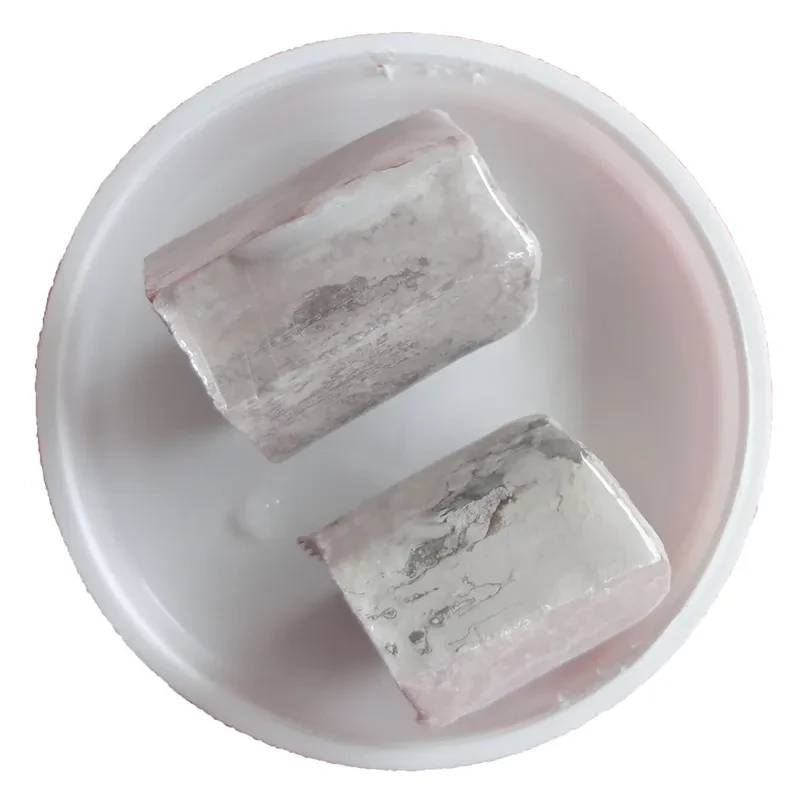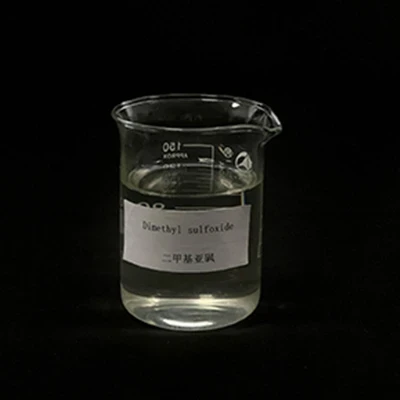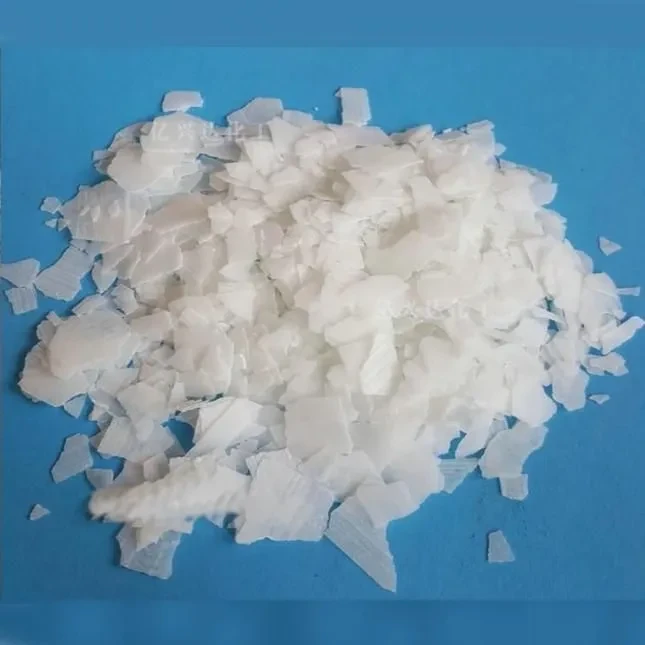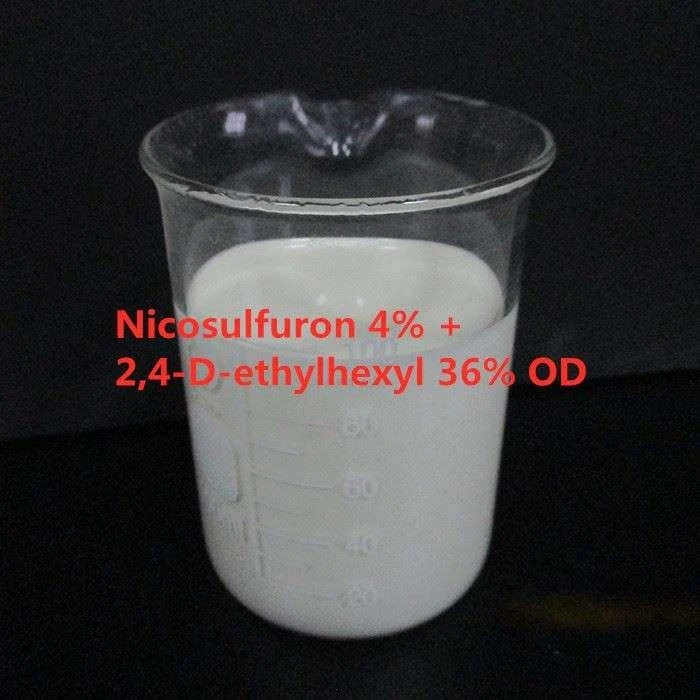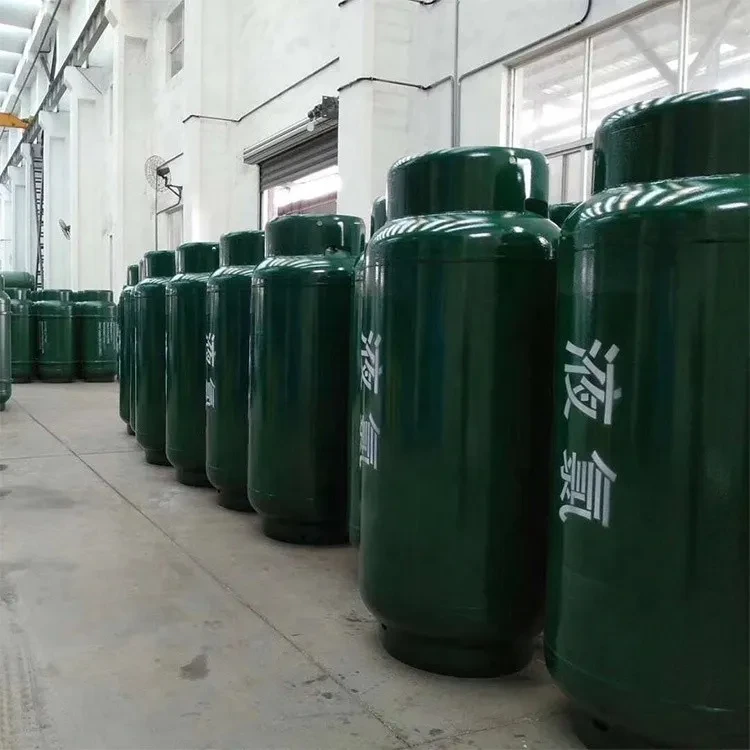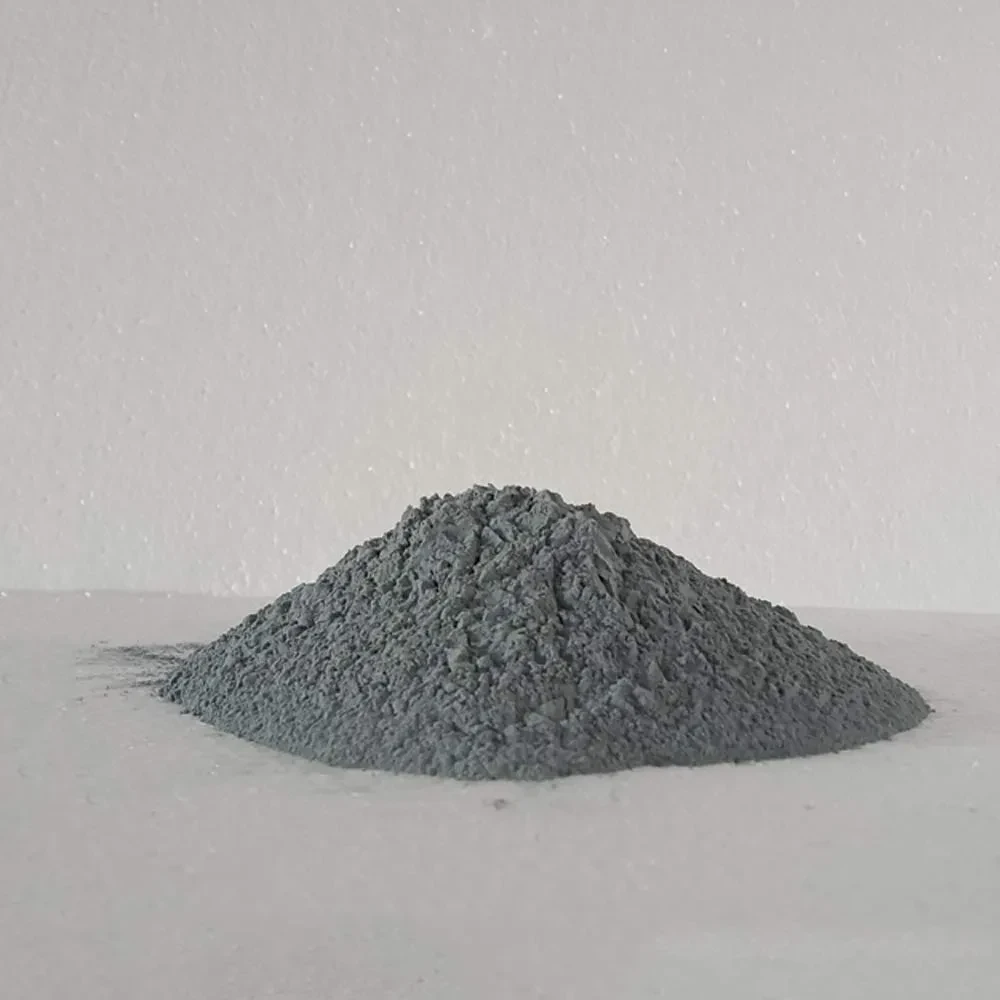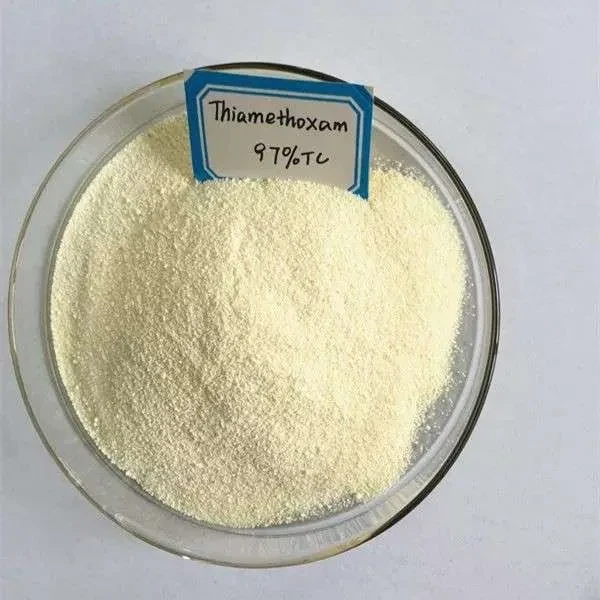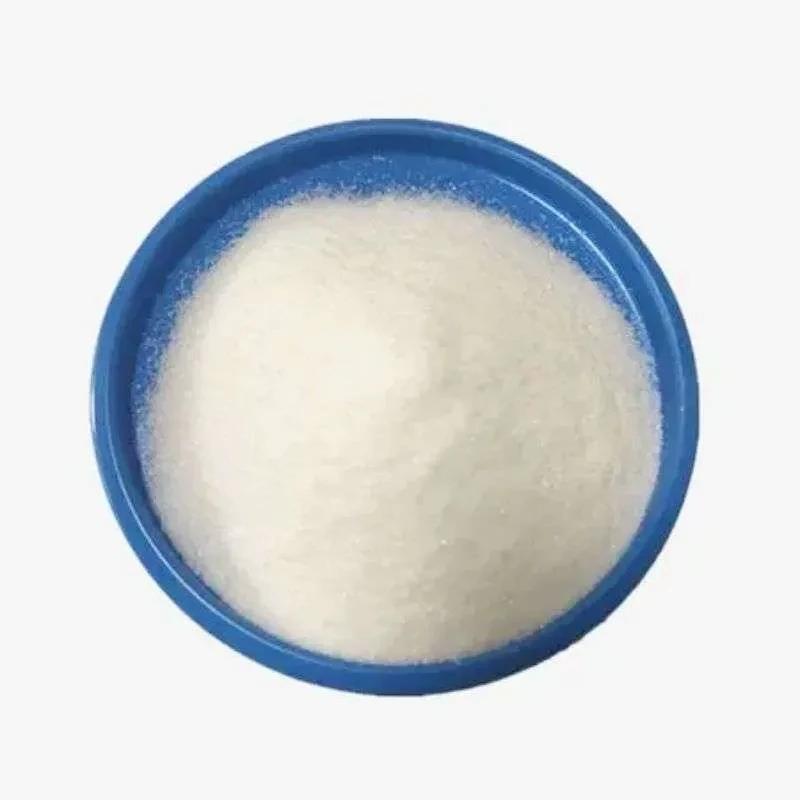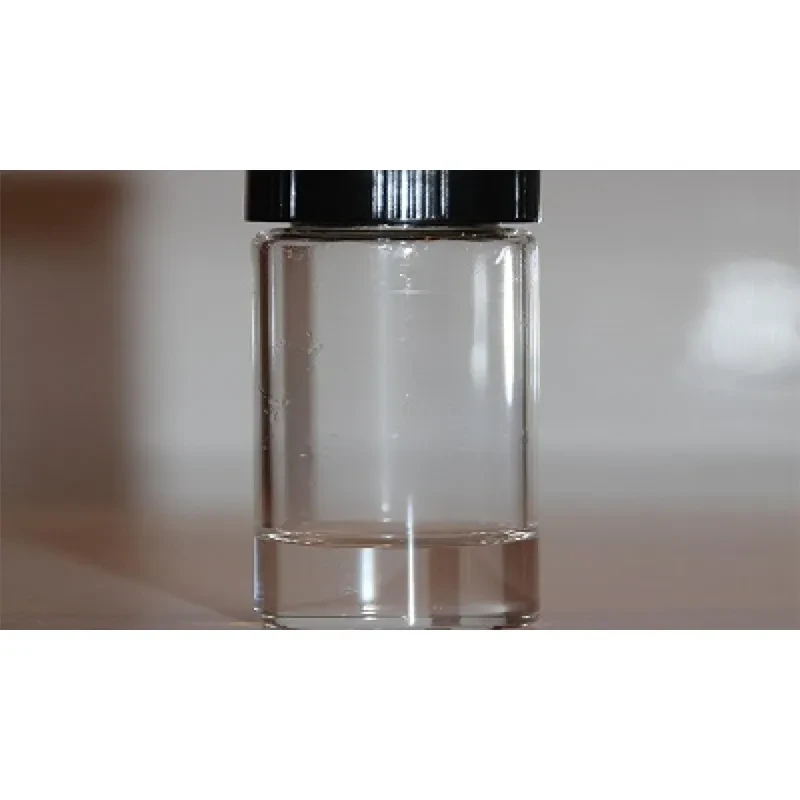Synonyms:
Diamide monohydrate
Hydrazinium hydroxide
Hydrazine monohydrate
Hydrazinium hydroxide solution
Molecular Formula: H4N2
Molecular Weight: 32.05
|
Melting point |
−51.7 °C(lit.) |
|
Boiling point |
120.1 °C(lit.) |
|
Density |
1.03 g/mL at 20 °C |
|
vapor density |
>1 (vs air) |
|
vapor pressure |
5 mm Hg ( 25 °C) |
|
refractive index |
n20/D 1.428(lit.) |
|
Flash point |
204 °F |
|
storage temp. |
2-8°C |
|
explosive limit |
99.99% |
|
Water Solubility |
miscible |
|
Symbol(GHS) |
|
|
Signal word |
Danger |
|
Hazard Codes |
T,N |
|
RIDADR |
UN 3293 6.1/PG 3 |
|
WGK Germany |
3 |
|
RTECS |
MV8050000 |
|
F |
23 |
|
HS Code |
28251010 |
hemical Properties
A clear colorless solution. A colorless fuming liquid with a faint ammonia-like odor. Corresponds to a 64% aqueous solution of hydrazine in water. Combustible but may require some effort to ignite. Contact with oxidizing materials may cause spontaneous ignition. Toxic by inhalation and by skin absorption. Corrosive to tissue. Produces toxics oxides of nitrogen during combustion.
Uses
It can be used as a glue breaking agent for oil well fracturing fluids. As an important fine chemical raw material, hydrazine hydrate is mainly used for the synthesis of Toluenesulfonyl Hydrazide (TSH), AC (an azodicarbonamide blowing agent for rubber and plastics) and other foaming agents; It is also used as a cleaning agent for deoxidation and carbon dioxide removal of boilers and reactors; used in the pharmaceutical industry to produce anti-tuberculosis and anti-diabetic drugs; In the pesticide industry, it is used in the production of herbicides, plant growth blenders and fungicides, insecticides, rodenticides; In addition, it can be used in the production of rocket fuel, diazo fuel, rubber additives, etc. In recent years, the application field of hydrazine hydrate has been expanding.



